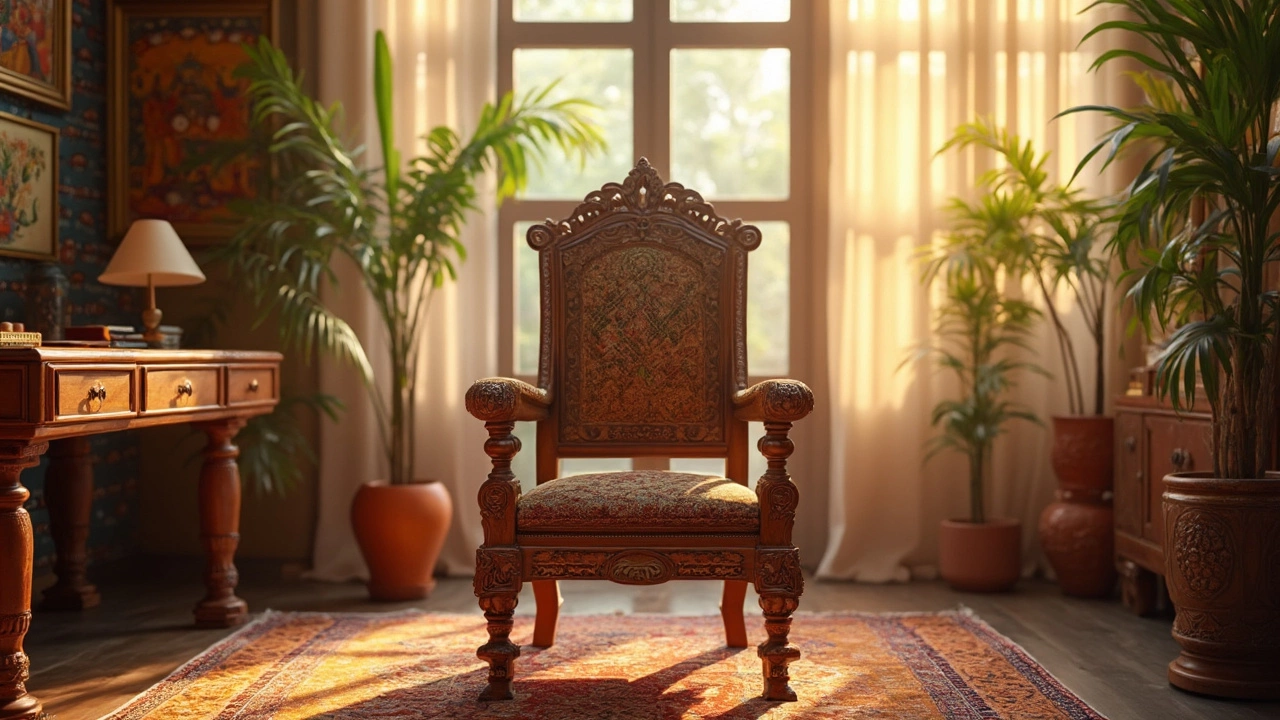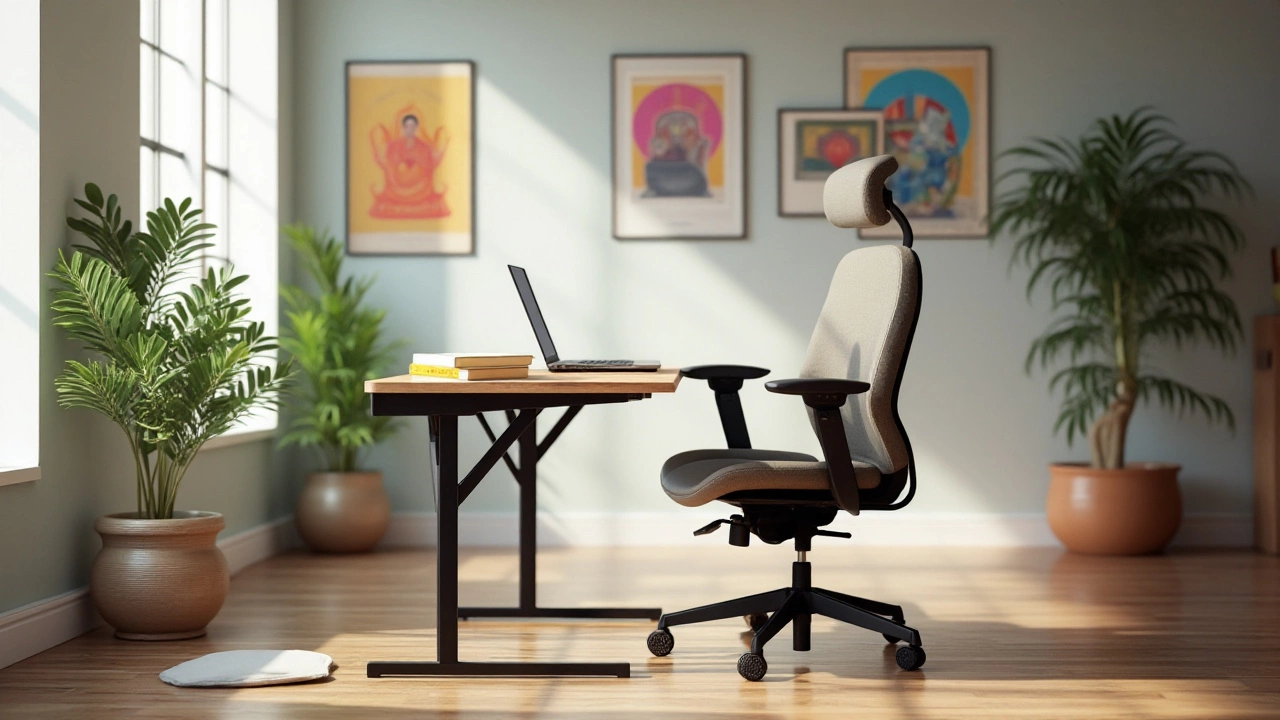Office Furniture Guide: Smart Picks for a Productive Workspace
Setting up a home office or revamping a corporate space doesn’t have to be a nightmare. With the right furniture, you can boost focus, reduce fatigue, and keep the budget in check. Below are easy‑to‑follow tips that help you choose pieces that work, look good, and last.
Choosing the Right Desk
The desk is the centerpiece of any office, so start by measuring the floor space you have. A compact rectangular desk fits well in small rooms, while an L‑shaped model offers extra surface for dual monitors or paperwork. If you need flexibility, look for height‑adjustable desks – they let you switch between sitting and standing without buying a second table.
Pick a material that matches your style and durability needs. Solid wood adds a warm feel but can be pricey; laminate or metal tops are lighter and easier to clean. Pay attention to the edge design – rounded edges protect wrists and make the desk safer for kids.
Don’t forget cable management. Desks with built‑in grommets or a hollow leg for cords keep wires tidy and prevent a cluttered look. A neat workspace helps you stay focused and makes cleaning a breeze.
Ergonomic Chairs and Storage Solutions
A good chair is worth the investment. Look for adjustable seat height, lumbar support, and breathable fabric. Even a small change like a higher backrest can reduce back pain after long hours.
If you’re on a tight budget, consider a chair with a mesh back – it offers airflow and decent support at lower prices. Add a seat cushion or lumbar pillow for extra comfort without buying a new chair.
Storage keeps the desk clear and the mind clear. Simple shelves or a low credenza can hold files, books, and office supplies. For a sleek look, choose floating wall shelves; they free up floor space and add a modern touch.
Use drawer organizers to separate pens, paper clips, and tech accessories. A tidy drawer saves time searching for a staple when you need it.
Finally, think about lighting. A desk lamp with an adjustable arm reduces eye strain, especially on cloudy days. Pair it with natural light from a nearby window for the best atmosphere.
Putting these pieces together creates a workspace that feels organized, comfortable, and ready for any task. Whether you’re setting up a corner in a living room or designing a full‑size office, the right furniture makes a huge difference in how you work and feel.
Ready to upgrade? Start with a desk that fits your space, add an ergonomic chair, and finish with smart storage. You’ll notice the improvement in your productivity and mood right away.
How Much Should a Decent Office Chair Cost?
Trying to figure out how much a decent office chair should cost? This article breaks down price ranges, what each bracket actually gets you, and common traps buyers fall into. You'll get real numbers, straight talk, and practical tips so you can shop with confidence. Learn where you should never cut corners and where you could save money without ruining your back. Whether you're setting up a home office or just tired of sitting on something that hurts, we've got you covered.
Is a Wooden Office Chair Better?
Curious if a wooden office chair is the right choice? This article dives into the benefits and potential drawbacks of choosing wooden seating for your workspace. While wooden chairs offer durability and a timeless look, they might not suit every comfort preference. Explore the importance of ergonomics and find tips to enhance comfort when working long hours. Discover if a wooden office chair aligns with your office needs and style.
Office Chair vs. Desk Chair: Key Differences Explained
An office chair and a desk chair may seem interchangeable, but they serve distinct purposes in the workspace. Office chairs are designed with ergonomics in mind, offering support for longer hours, while desk chairs are often simpler, catering to shorter sitting times. This article explores their unique characteristics, highlighting aspects like adjustability and comfort. Understanding these differences can enhance your workspace setup for improved productivity and well-being.







